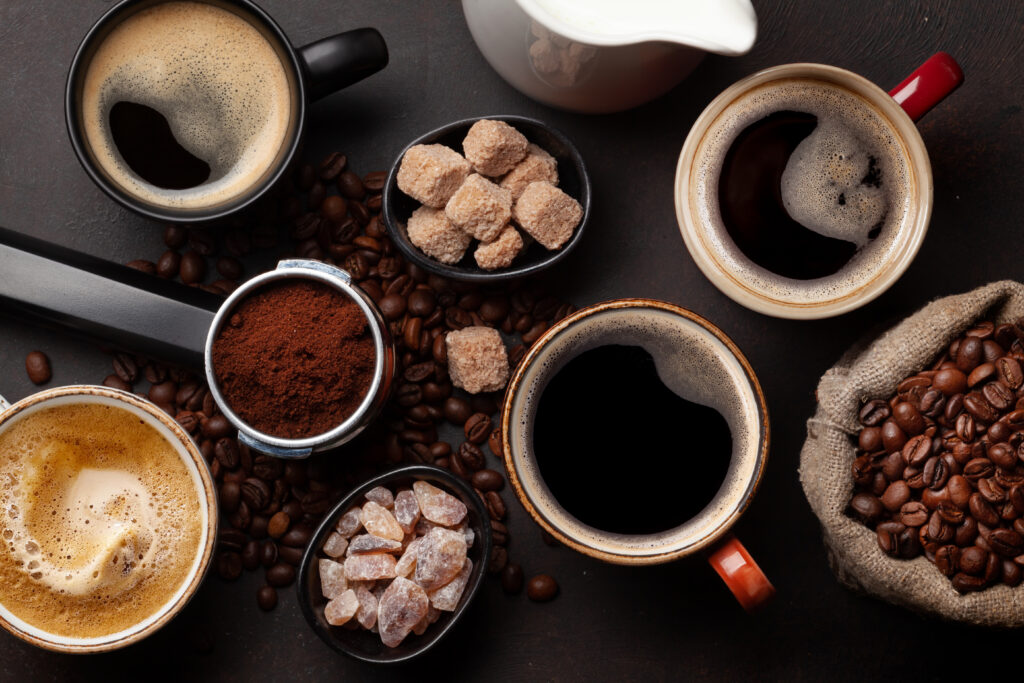
Sources & Amounts
Coffee is Americans’ top source of caffeine, but the USA ranks only 26th in per capita consumption.Countries in northern Europe love their java even more, with Finland, Norway, Iceland and Denmark topping the list.
According to the 2018 Food & Health Survey, two-thirds of Americans say they know how much caffeine they consume.But less than one-third know that naturally occurring caffeine has the same effect as added caffeine.
In the United States, caffeine may be added to any product if it is included in the ingredients list and meets relevant safety standards.The first time FDA explicitly approved adding caffeine was for colas in 1958.

What is "Moderate"
Moderate caffeine consumption is considered to be in the range of 300 to 400 milligrams per day (mg/day), or about three to four 8-ounce cups of home-brewed coffee per day. According to FDA, the European Food Safety Authority and Health Canada, caffeine consumption of up to 400 mg daily is not associated with adverse health effects in the general healthy population of adults.
PRODUCTS & THEIR Caffeine Amounts
ITEM AVERAGE AMOUNT of MILLIGRAMS of CAffEINE | |
|---|---|
| Coffee Brewed 8 oz | 96 |
| Instant Coffee | 62.4 |
| Decaffinated | 2.4 |
| Espresso 1 oz | 63.6 |
| Cappuccino 8 oz | 86.4 |
| Latte 8 oz | 86.4 |
| Black Tea 8 oz | 48 |
| Green Tea | 28.8 |
| Instant Tea | 12 |
| Iced Tea | 22.3 |
| Herbal Tea | 0 |
| Soft Drink Cola 12 oz | 33.5 |
| Soft Drink Citrus | 53.3 |
| Energy Drink 8 oz | 72-77 |
| Energy Shots 2 oz | 200 |
| Cocoa Beverage 8 oz | 5 |
| Chocolate Milk Beverage 8 oz | 2.5 |
| Solid Milk Chocolate 1 oz | 5.6 |
| Solid Dark Chocolate 1 oz | 15.9 |
VALUES BASED ON 2019 USDA FOODDATA CENTRAL DATABASE
Know the Sources & AmountsManage Your “buzz”

When it comes to caffeine, it’s not the source that matters, but the amount. Moderate intake is between 300-400mg for the average, healthy adult.
HOW WECaffeinate
Ever wonder which foods contain caffeine and how much is recommended for you? This infographic will give you a quick look at a few common food and beverage sources and how much caffeine they contain.